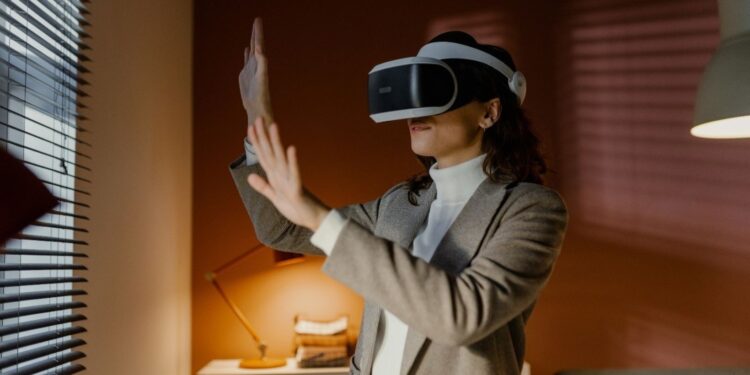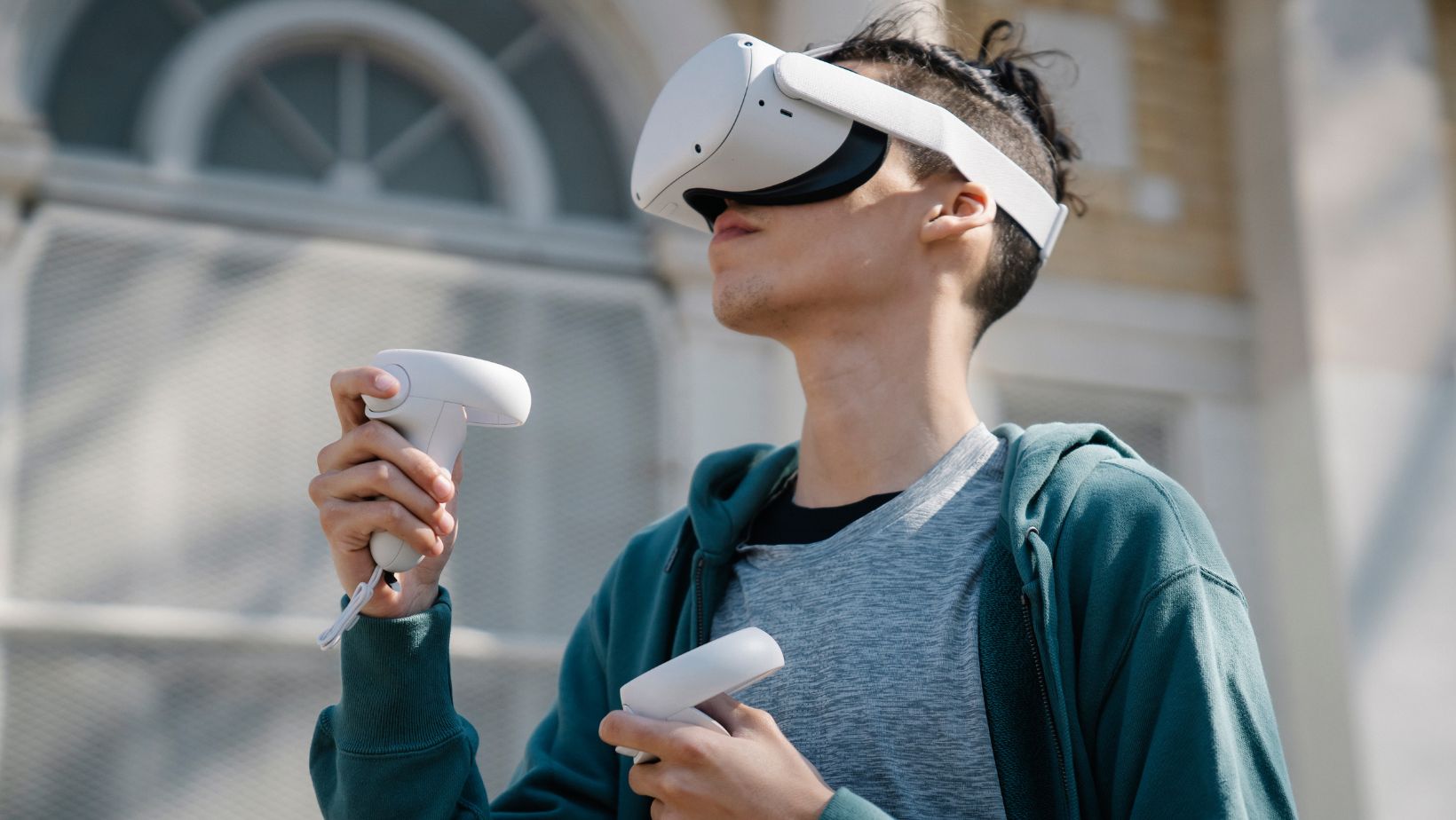It’s just past a year since Apple Vision Pro was unveiled. And while Apple and failure rarely go together in the same sentence, it’s fair to say the impact has been disappointing. Apple has reportedly paused production of the devices due to low demand. That doesn’t mean Apple has lost faith in the project – far from it. Yet, for now, it remains a niche device, a luxury item for those who can shell out the $3K purchase price. Of course, the Vision Pro isn’t the only device in the game, and Meta has had some success with its Quest VR headsets, which cost a fraction of the price.
Yet, much of the VR/AR headwear out there feels like interesting hardware in need of a purpose. Remember the metaverse? Meta has gone really quiet on that over the last year or two. However, most experts believe that VR’s breakout moment will come with gaming. There has been some success on that front already — platforms like betboo bahis are even exploring immersive betting experiences — but it is waiting for its ‘iPhone moment,’ i.e., the reveal of that special product or game that catches fire and sees VR really go mainstream. We aren’t just there yet.
Many genres are suited to VR
It has been remarked before that VR is a technology looking for a purpose, and it’s arguable, too, that it needs to find the right gaming genre. The problem is that you can make an argument for just about every genre being suitable. First-person shooter games, for instance, make for a natural fit. We could even talk about casino games having a VR future. You could easily see a scenario where VR lets you take a seat at a virtual poker table or immerse yourself in the colorful visuals of Fruit Party slot. Everything is on the table.
Yet, despite some signs of growth, VR gaming remains niche. Moreover, there does not seem to be a massive risk appetite to take an existing genre and create a VR revolution. Yes, we can point out several big game franchises that – ostensibly – have VR versions, but more often than not these are games ported for VR and not custom-made for that technology.
Most experts agree that there are several factors influencing each other. The cost of entry is high, even if you opt for Meta’s cheaper option. There is the issue of device weight, comfort, battery life, the fact you need space to play, and the lack of multiplayer integration. There is also, perhaps more importantly, the cost to develop bespoke VR games. Developers don’t want to – or can’t due to budgetary restraints – make a AAA-quality title for VR because the risk of making such a product for a niche industry is perceived as too much.
Some quality VR games already available
While much of this may seem downbeat, it’s fair to say that there has been plenty of progress in recent years. We can point to games like Half-Life: Alyx, which is arguably the best purpose-built VR game ever released. Other titles, such as The Walking Dead: Saints and Sinners VR and No Man’s Sky VR, have gotten good reception from players. They offer something of a blueprint for developers.
That said, it feels like there is a long way to go. Many gamers aren’t enamored with Meta’s ecosystem, but the Facebook company feels like the best-placed one to deliver mainstream adoption. Apple, meanwhile, has some wonderful ambitions for Vision Pro, but it needs to revisit the device’s raison d’être. In short, there are green shoots, yet we still await the eureka moment when we find a game that everyone must play with the VR experience. A literal game-changing iPhone moment could happen at any point.




